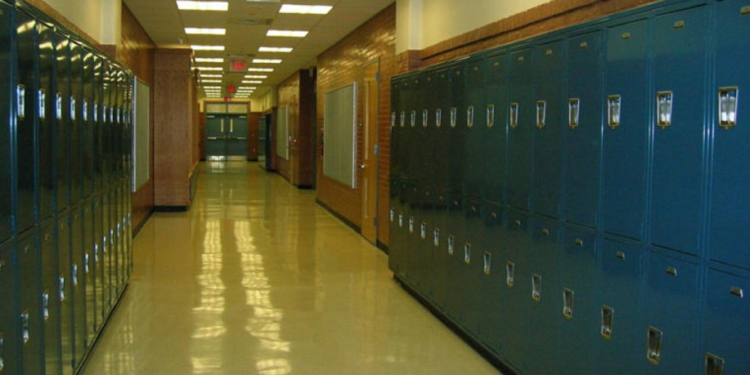Dec 10, 2024 Story by: Editor
A recent sociological study highlights that school segregation continues to exacerbate racial achievement gaps among Black, Hispanic, and white students in U.S. public schools. By analyzing standardized test data from millions of students, the research reveals that these gaps widen most significantly in districts where Black and Hispanic students are concentrated in higher-poverty schools compared to their white counterparts.
The findings are detailed in the study, “Is Separate Still Unequal? New Evidence on School Segregation and Racial Academic Achievement Gaps,” published in the December 2024 issue of the American Sociological Review.
Conducted by a research team led by Sean F. Reardon of Stanford University and Ericka S. Weathers of the University of Pennsylvania, the study examined standardized test scores and segregation patterns for students in grades 3 to 8 across nearly all U.S. public schools from the 2008–09 to 2018–19 academic years. The paper was co-authored by Erin M. Fahle and Demetra Kalogrides of Stanford University and Heewon Jang of the University of Alabama.
Historically, public schools underwent desegregation following landmark Supreme Court rulings in Brown v. Board of Education (1954) and Green v. County School Board of New Kent County (1968). These efforts provided Black students access to better-resourced schools with lower student-to-teacher ratios and higher per-pupil funding during the 1960s through the 1980s. However, the research points out that desegregation gains were often temporary, with segregation levels increasing in recent decades.
The study emphasizes that racial segregation remains a significant driver of educational inequity by concentrating minority students in high-poverty schools, which generally lack resources and effectiveness compared to lower-poverty institutions. “Racial segregation is harmful because it concentrates minority students in high-poverty schools,” the authors note, stressing the broader implications for systemic inequality.
The report places these findings within the context of wider systemic disparities, arguing that segregated schooling amplifies the negative effects of residential segregation, income inequality, and limited access to early educational opportunities.
The authors warn that without systemic reform, such disparities will persist, hindering economic and social mobility for future generations of Black and Hispanic students.
Key Takeaways:
- Achievement gaps grow faster in districts where Black and Hispanic students are disproportionately enrolled in higher-poverty schools.
- Segregated schools tend to have fewer skilled and experienced teachers, limiting minority students’ academic opportunities.
- Addressing school and residential segregation through systemic changes in housing policies, school assignments, and funding is essential to close these gaps.
The researchers advocate for equitable school assignment policies, increased investment in underfunded schools, and fostering connections between economically diverse communities as potential strategies to mitigate disparities. Without these changes, racial disparities in education will likely continue to constrain opportunities for Black and Hispanic students for generations. Source: MSN

















